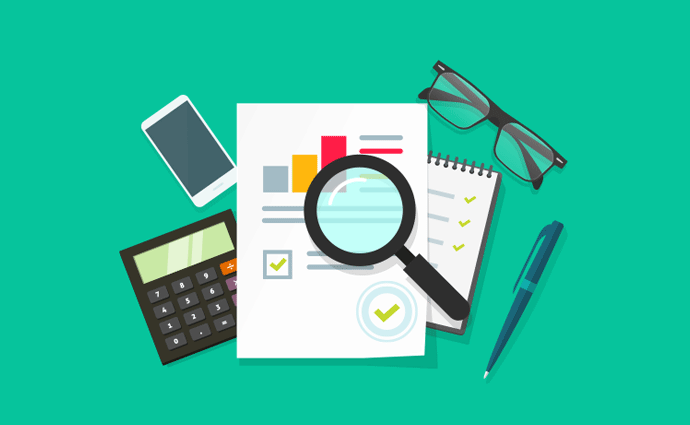Finding Medicaid Eligibility Cuts Hospital Bad Debt by 10%
Hospital bad debt from Medicare fell by 10 percent a year when providers found Medicaid eligibility for insured patients, a new analysis finds.

Source: Thinkstock
- Extending insurance discovery efforts to insured patients can boost a hospital’s Medicare bad debt recovery by as much as ten percent annually, a new analysis shows.
Identifying insured patients who are also eligible for Medicaid coverage can recover more than half a million dollars in revenue over a three-year period for the average mid-sized hospital, the Transunion study found. The recovered revenue stemmed from Medicare bad debt and Medicaid secondary coverage.
The company analyzed more than 50,000 cost reports over a ten-year period from over 100 mid-sized hospitals, which had between 250 and 350 beds. The finds were released this year’s HIMSS Global Conference and Exhibition.
The analysis confirms that a more comprehensive insurance discovery strategy is necessary to reduce hospital bad debt.
“When hospitals limit their insurance discovery strategy to self-pay patients, they are missing an opportunity to maximize reimbursements from other payment sources,” Dave Wojczynski, President of TransUnion Healthcare, stated in a press release. “A complete revenue recovery approach that looks for additional combined coverage for Medicaid, Medicare and commercially insured patients can increase revenue, decrease costs and prevent bad debt.”
Traditionally, hospitals focus their insurance discover strategy on self-pay accounts, or patients who do not have insurance to cover the costs of care or owe money after insurance. Hospitals rely solely on the patient to pay for a portion or all the care costs if they have a self-pay account. Therefore, the likelihood of a self-pay account turning into hospital bad debt is significantly higher than accounts with private or public insurance.
Finding insurance coverage for self-pay accounts presents a large opportunity for hospitals to recover revenue and reduce patient bad debt. A separate TransUnion analysis from December 2018 showed that 30 percent of self-pay accounts generate over 80 percent of the self-pay revenue collected by hospitals.
Additionally, about one to five percent of the self-pay accounts written off as bad debt also had billable insurance coverage, the analysis uncovered.
However, hospitals are facing increasing levels of bad debt and uncompensated care. Most recent data from the American Hospital Association (AHA) showed hospitals incurred over $38 billion in uncompensated care costs in 2017, which is up from $36.1 billion in 2015.
As uncompensated care costs rise, hospitals should be reexamining their insurance discovery strategy to identify potential coverage options for insured, as well as self-pay, patients.
Finding additional coverage for Medicare and Medicaid patients may be particularly fruitful considering data from CMS’ Healthcare Cost Report Information System (HCRIS) shows 63 percent of all Medicare bad debt recoveries are from dual-eligible patients.
Hospitals are also more likely to find additional coverage for patients in light of Medicaid expansion initiatives. Under the authority of the Affordable Care Act, states can expand Medicaid eligibility to non-elderly adults with incomes up to 138 percent of the federal poverty level.
To date, 37 states have expanded Medicaid eligibility and several more states are slated to adopt Medicaid expansion in the next year.
Studies have showed that Medicaid expansion states saw significant coverage gains, as well as decreases in uninsured rates, particularly among the low-income and vulnerable populations. The Kaiser Family Foundation (KFF) reported that the number of uninsured nonelderly individuals dropped from over 44 million in 2014 (the year before major coverage provisions went into effect) to slightly below 27 million in 2016.
The data reveals an opportunity for hospitals to recover revenue, the TransUnion analysis emphasized.
Recent research from Sage Growth Partners revealed that most hospitals have up to $10 million in bad debt. However, 21 percent do not have a recovery solution in place to recoup lost revenue.
Hospitals should be implementing a comprehensive insurance discovery strategy to identify patient accounts that could be eligible for Medicaid coverage.
“Tracking and recouping earned revenue from previously unknown payment sources, places hospitals in a better financial position to continue to deliver care to their communities,” stated Jonathan Wiik, Principal of Healthcare Strategy at TransUnion Healthcare. “Hospitals can recover millions in earned revenue with insurance discovery and Medicare reimbursement optimization tools, which not only means a healthier bottom line, but also patients are able to get the care they need.”
